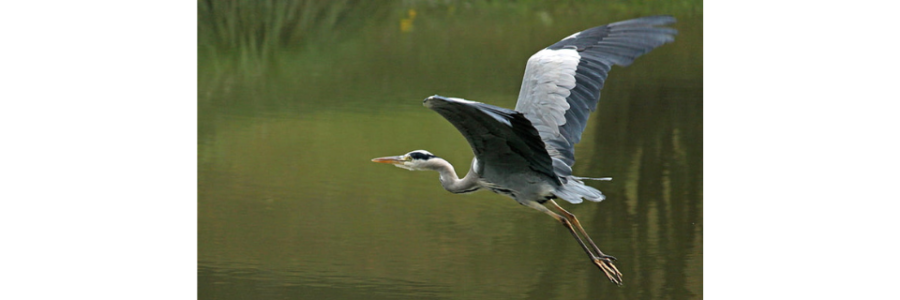In this article we are going to take a look at the many wildlife species that live within a 1 km radius of our holiday park. If you see a species that we haven’t listed while your staying with us please let us know. A countryside holiday is all about getting back to nature, please enjoy the countryside responsibly. We hope you find this article useful.
We have shared links with more information about each species from the Wild Lift Trust, a fantastic organisation who’s goal is to bring wildlife back, empower people to take meaningful action for nature, and to create an inclusive society where nature matters.
Roe Deer – These beautiful deer can be seen grazing in fields or in woodland near the park. They are often in groups and are great to watch, although they can be spooked easily. Male Roe Deer have short antlers which start growing in November each year and are shed in October, these help you distinguish them from the females. These deer eat buds and leaves from trees and shrubs, as well as ferns, grasses and heather. Learn more here – https://www.wildlifetrusts.org/wildlife-explorer/mammals/roe-deer
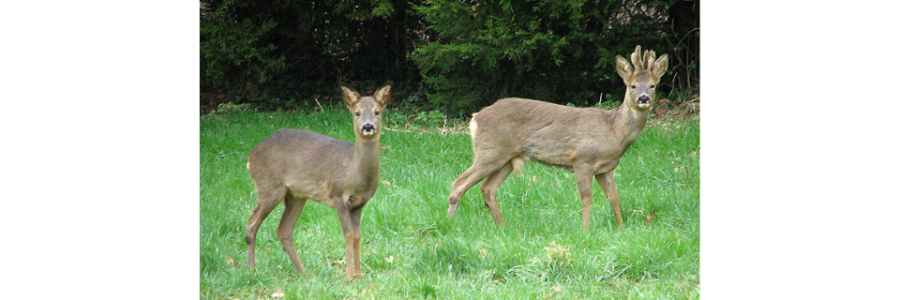
Badger – An iconic member of British wildlife, the Badger is easily recognised by the distinctive black and white stripes on its head. They are our largest land predator feeding on small mammals, worms, fruit and plants. Badgers are most active during the night but you may spot them outside around dawn or at dusk, if you dont see a Badger you will more than likely see signs they are there. Learn more about Badgers here – https://www.scottishbadgers.org.uk/ . There are active Badger setts near our park, do not disturb the setts if you find them and please take note of the following: In Scotland Badgers are protected by law, it is an offence to
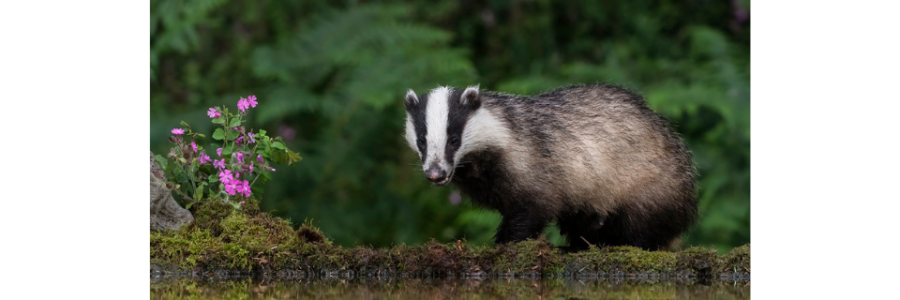
Squirrel – There are two species of Squirrel in the UK, the Native Red Squirrel and the Grey Squirrel. The Grey Squirrel was introduced in the UK during the 1800’s, it is a common wildlife spot for many and enjoyable to watch however it’s introduction has had a negative effect on our Native Red Squirrel who’s numbers have been in decline since. The Grey Squirrels are active year round and easily spotted during the day, they have a silvery grey coat and an iconic bushy tail. You are most likely to see a Squirrel in the Hirsel Estate or at the start of the riverside walk in to Coldstream. If you see a Red Squirrel during your stay please let us know, their red coats make them clearly distinctive from Grey Squirrels. Learn more about the Grey Squirrel here – https://www.wildlifetrusts.org/wildlife-explorer/mammals/grey-squirrel and Red Squirrel here – https://www.wildlifetrusts.org/wildlife-explorer/mammals/red-squirrel
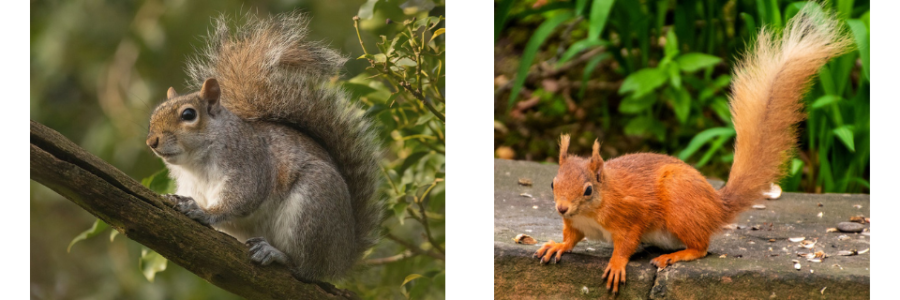
Stoat – The Stoat is a small predator related to the Weasel and Otter. The stoat has an orangey-brown back, white throat and black tipped tail, it also has a distinctive bounding gate which allows you to distinguish the Stoat from the Weasel. Stoats are active during the day and night, you are most likely to spot a stoat in open grassland where they hunt small rodents and rabbits. Learn more about the Stoat here – https://www.wildlifetrusts.org/wildlife-explorer/mammals/stoat
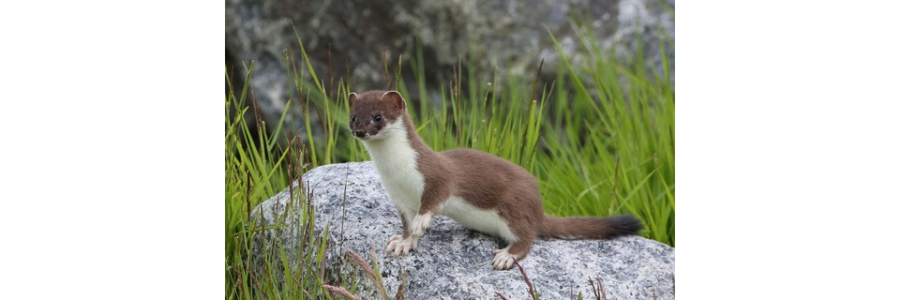
Great Spotted Woodpecker – You are more likely to hear the Great Spotted Woodpecker in the trees along the southern boundary of our park but there is a good chance you will see one too. The Woodpecker drums its beak against tree trunks and branches to mark its territory and to attract a mate. They have a very stick tongue which allows them to extract insects from the bark of a tree, they also eat berries and will visit garden feeders. Learn more about the Great Spotted Woodpecker here – https://www.wildlifetrusts.org/wildlife-explorer/birds/woodpeckers-cuckoo-kingfisher-and-waxwing/great-spotted-woodpecker
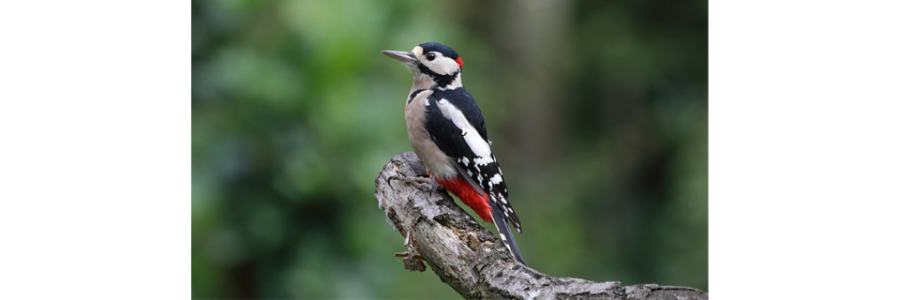
Buzzard – The Buzzard is a success story for a species thriving after persecution. They can now be found across the UK, they have a distinctive cat like “Kee-yaa” call and can be spotted perched on branches or soaring over farm and woodland. The Buzzards eat smaller birds and mammals but will also eat worms and insects if food is short. Although now quite common they are an impressive bird to see on the wing. Learn more about the Buzzard here – https://www.wildlifetrusts.org/wildlife-explorer/birds/birds-prey/buzzard
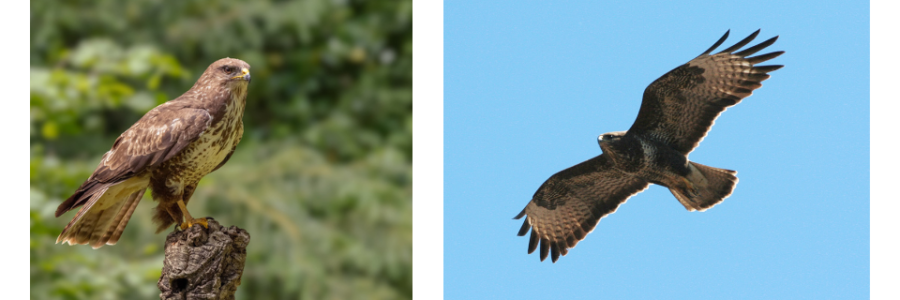
Grey Herron – An iconic riverside bird seen standing in shallows or by the banks of the river Tweed waiting for their next meal. The herron is tall with very thin legs and a long neck. They will stand extremely still waiting for fish to swim by them. They are quite impressive on the wing. Learn more about the Grey Herron here – https://www.wildlifetrusts.org/wildlife-explorer/birds/herons-egrets-spoonbill-and-crane/grey-heron
